Ischia new exclusive location
Ischia is a new tourist destination which for many aspects is undiscovered by mass-tourism. It is a perfect alcove of love and extraordinary venue for a lifetime really unique and spectacular. It is the biggest island of the Gulf of Naples and among the various proposed locations it offers the richest range of activities and wedding options. It is possible to arrange weddings on a cliff right to the sea, a marvellous beach or on the top of the mountain that masters the entire island and the surrounding sea. Thousand activities options like special wine tours and excursions, cooking courses followed by meal, shopping or cultural tours, sailing or boat excursions with cocktails and catering, relaxing Spa days and many, many others options.
The island of Ischia
Located in the heart of the Mediterranean Sea, close to Capri and the Amalfi Coast Ischia is the biggest island of the Gulf of Naples, it is history and culture from 730 BC to the present day; Ischia is breathtaking landscapes, incomparable colours and flavours; Ischia is Sea so crystal-clear that it is full of dolphins; Ischia is fish cooked in the steam of the hot springs on the seashore; Ischia is the fishermen preparing their nets, and shepherd guarding their flocks on the slopes of Mount Epomeo; Ischia is magnificent depths where giant Posidonia seaweed grows in abundance, and chestnut woods where here and there the rare wild papyrus can be found; Ischia is a swim at the down in the shadow of the Castle and relaxing in the exclusive thermal parks; Ischia is miraculous waters and wellness, a promise of health and serenity; Ischia is the rare show of antique sighting Towers, golden beaches, naturalistic parks, caves and sleeping volcanoes.
Myth
According to the mythological account of the ancient Greeks in the depths of the earth Typhoeus, who dared to challenge Jupiter, the God of the all the Gods, was in chains under
Origins
Ischia is a child of fire, came out from the eruption of an underwater volcano, at the beginning it was a mass of tuff raised, modified and shaped during the ages. There are many craters dispersed throughout the island and some are also found under the sea. Even now Ischia finds itself on turf that is still active, but the activity is limited to fumaroles, thermal springs, and very slow phenomenon of bradyscism. Lavic materials are present on the entire territory, pumice sands, tuff and lava, all witnesses to the wealth of eruptive phenomena.
History and Culture
The
Afterwards, during the ages Ischia was subject to sudden abandonments because of the instability of its soil and, after that, pirate invasions, bloody wars for the hegemony of the territory. Then the dynasty of the Aragoneses who erected the famous castle and the one of the Borbonis who in
Climate
The climate of the
Gastronomy:
The cuisine of the
The Caprese salad (mozzarella and tomatoes), eggplant with tomato and basil, eggplant Parmesan and fried or roast peppers are just some of the side dishes that can be prepared with the excellent products the Ischian soil offers. Pizza has rightfully become one of the island dishes too, prepared in different ways. As dessert, especially inviting are Babà, sfogliatelle (puffs) rice or frolle, tiramisu, Caprese, profiteroles (also with Limoncello). The islands wines also deserve to be mentioned. Some of them are of controlled origins and known all over the world. The most flourishing vines, which are aided by
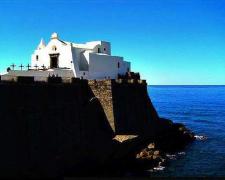 Wedding Ceremony in Ischia
An unforgettable experience in a magical atmosphere...that's Ischia!
Wedding Ceremony in Ischia
An unforgettable experience in a magical atmosphere...that's Ischia!
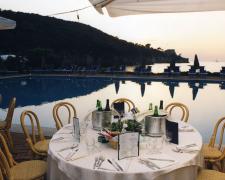 Wedding Reception in Ischia
Charm, unpolluted sea and nature. Amazing scenery in the island of love!
Wedding Reception in Ischia
Charm, unpolluted sea and nature. Amazing scenery in the island of love!
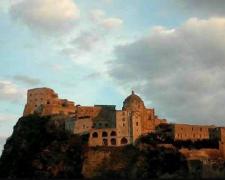 Ischia Best Accommodations
Only the best accommodations carefully selected for our discerning costumers.
Ischia Best Accommodations
Only the best accommodations carefully selected for our discerning costumers.

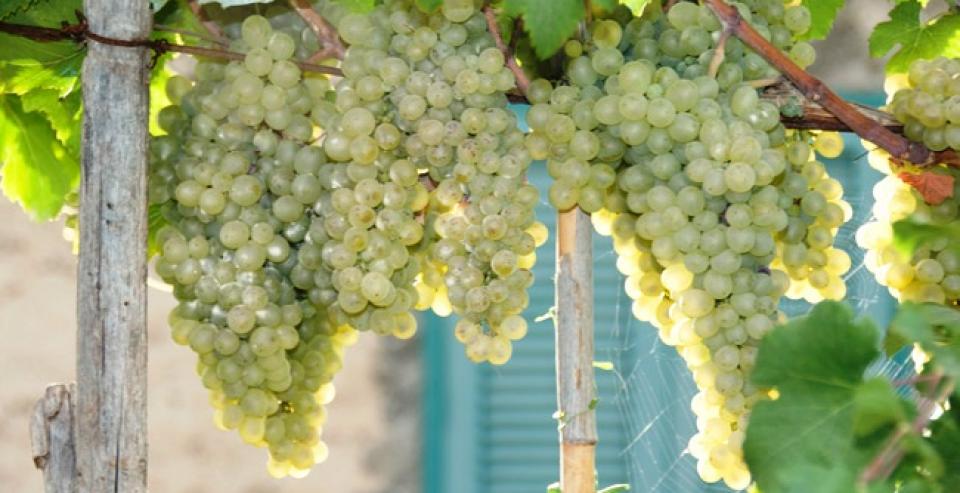
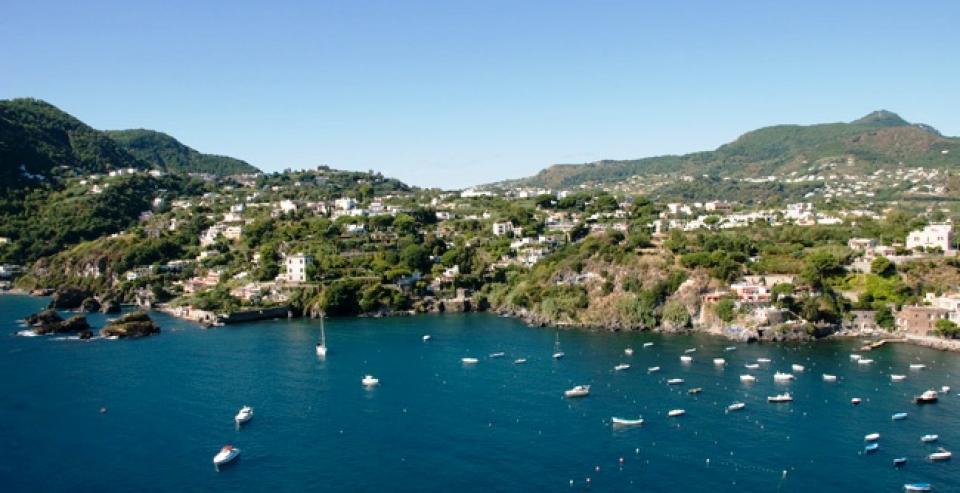
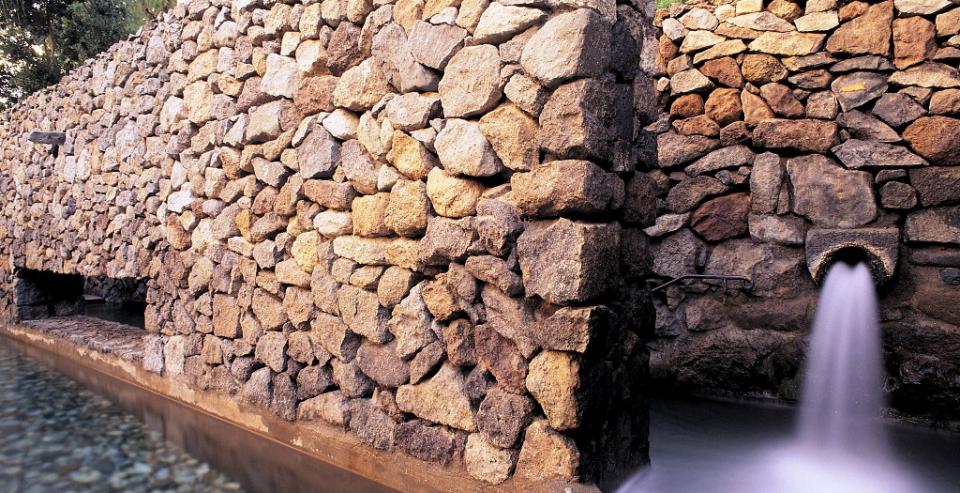
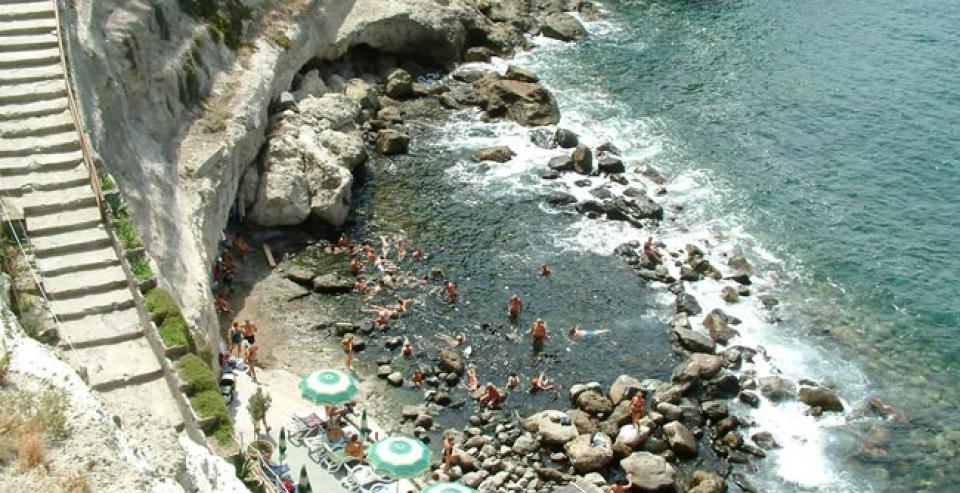

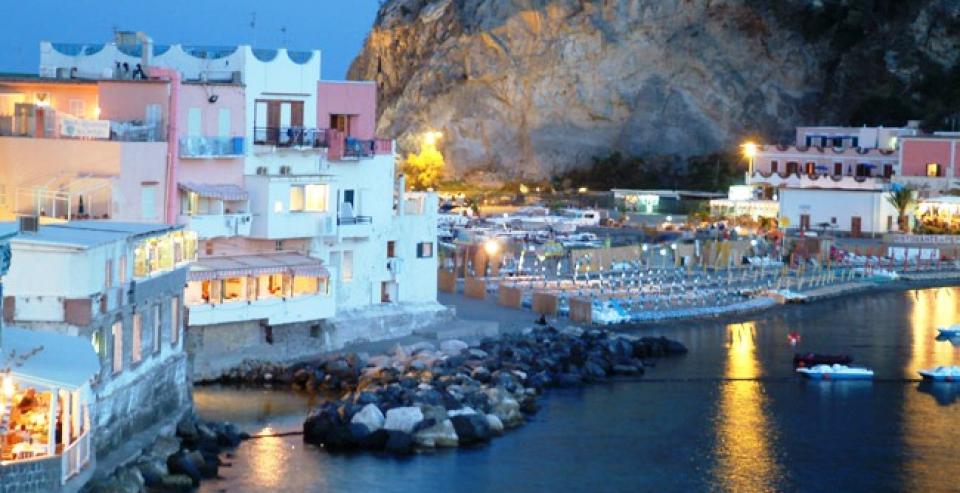
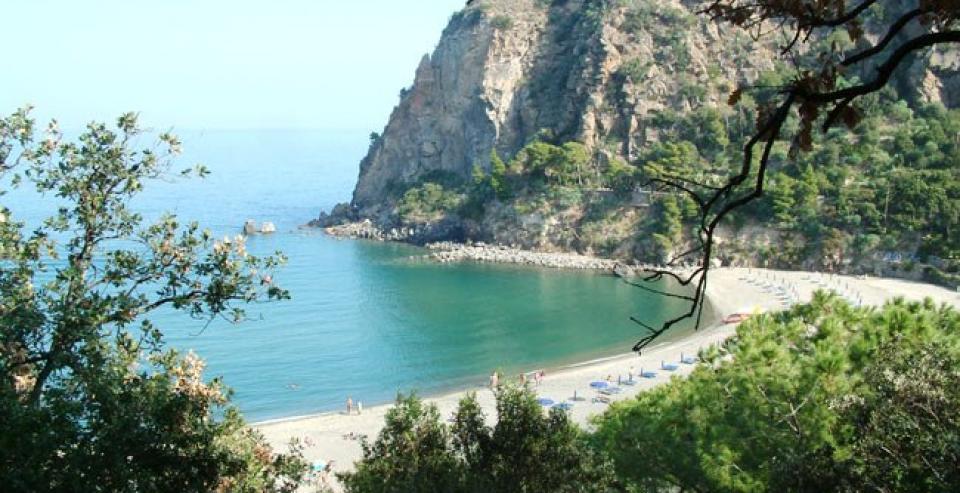
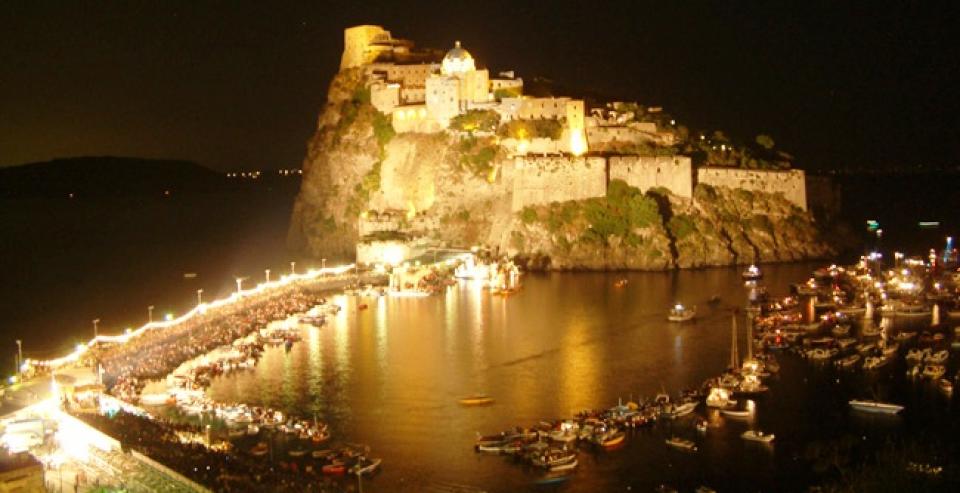
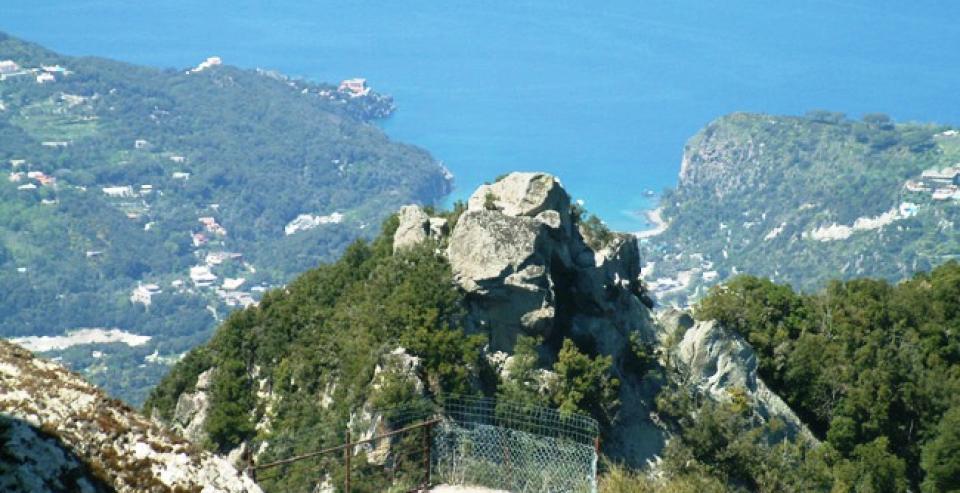
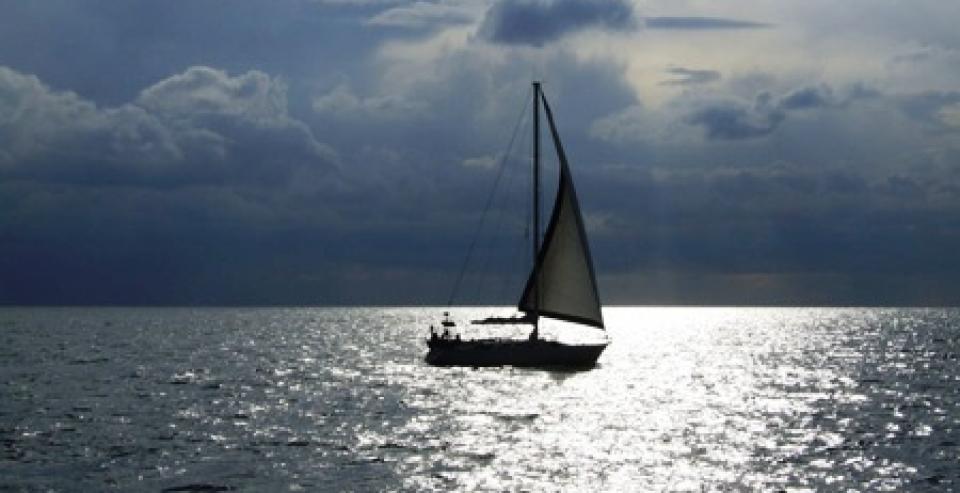
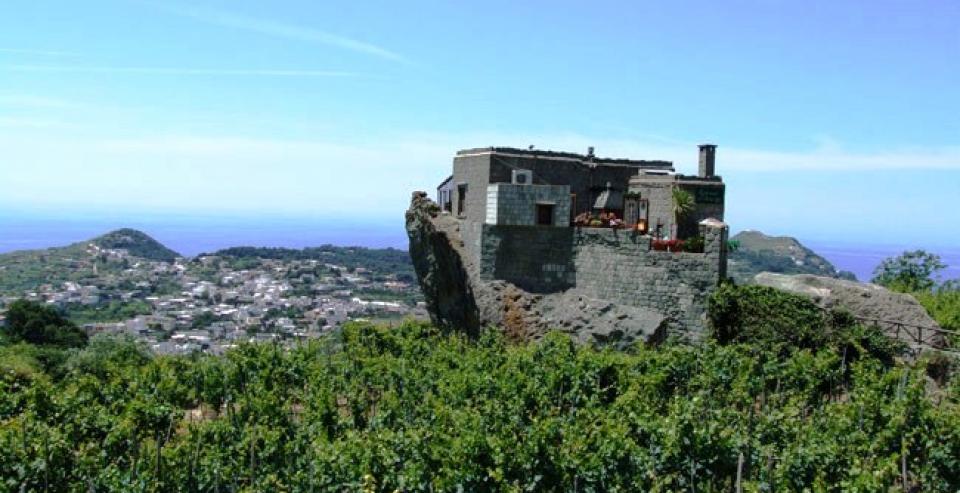
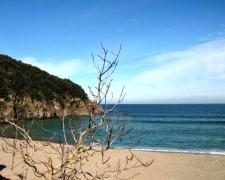
Social Networks